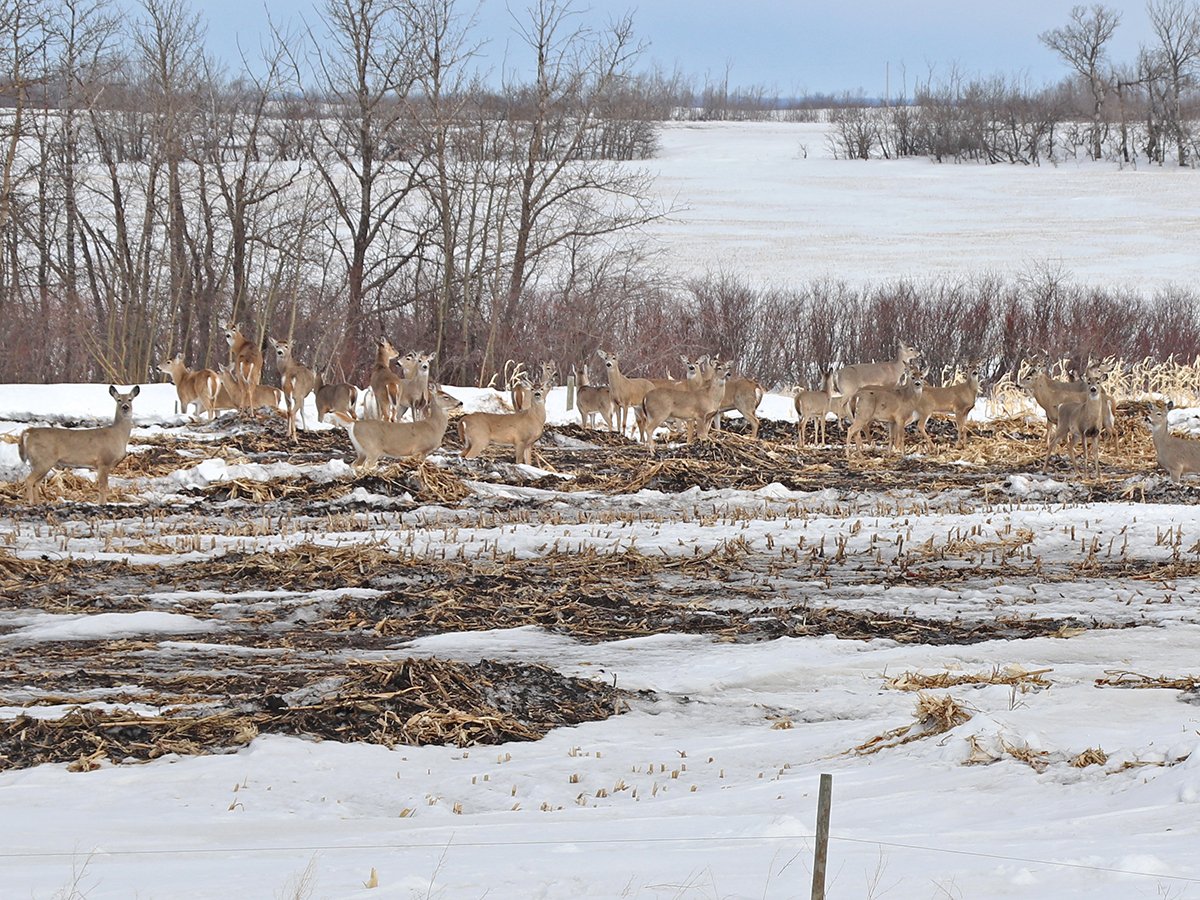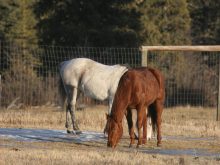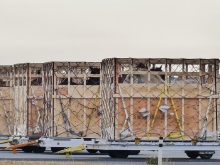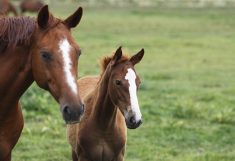The phrase “coffin bone rotation” is deeply embedded in the traditional understanding of laminitis.
Yet, from a structural perspective, this term is misleading. It implies that the coffin bone (P3) actively rotates within the hoof capsule—as if it were the culprit rather than the consequence.
However, the coffin bone itself does not rotate. It remains a steady, central compass within the hoof.
What shifts is not the bone but the hoof capsule surrounding it.
Anchored by the intricate architecture of laminae, fascia and blood vessels, the hoof capsule is meant to stay in alignment with the bone. When these living structures fail, the capsule loses its attachments. What we observe is not rotation, but a structural collapse.
Read Also

Foot-and-mouth disease planning must account for wildlife
Our country’s classification as FMD-free by the World Organization for Animal Health has significant and important implications for accessing foreign markets.
Among the most remarkable designs of nature, the laminar fingers of the hoof are engineered to function under constant tension. Their role is to maintain the hoof wall’s firm attachment to the coffin bone.
However, this bond is vulnerable to breakdown when systemic illness, inflammation or metabolic disruption arise. Once weakened, even normal weight-bearing becomes excessive, placing too much strain on the bond. As a result, the hoof wall begins to detach, acting as a lever that lifts away from the internal structures of the foot.
A useful comparison is the lifting of a fingernail from the nail bed after trauma. The nail doesn’t change shape or position on its own. It is the failure of the soft tissue connection that causes the nail to rise.
Similarly, in laminitis, the coffin bone does not rotate. The hoof wall detaches, shifts and distorts as its biological anchoring system gives way.
This failure can originate from two primary sources: metabolic compromise or compromised hoof mechanics.
Internally, metabolic dysfunction, such as insulin dysregulation, gut dysbiosis, endotoxemia or systemic inflammation, can degrade the laminae’s integrity.
Externally, excess body weight or mechanical strain from poor hoof form, such as long toes, under-run heels or thin soles, can overload tissues already struggling. When both forces are present, the risk compounds exponentially.
These interactions erode the hoof’s internal scaffolding.
The living anchor — the laminae — is not a static structure. It is a metabolically active responsive interface, continuously remodelling and adapting to the horse’s internal and external environment.
Its failure is seldom caused by a single event; more often, it reflects the breakdown of a system strained by chronic pressure.
Understanding laminitis as the breakdown of this living anchor rather than as the rotation of a bone, leads to a more precise understanding of both its origin and healing pathway.
When the living anchor fails through metabolic inflammation, mechanical leverage or both, the hoof wall begins to detach as this living bond is compromised.
This distinction isn’t just academic; it changes how we care for affected horses.
Radiographs may show the classic “rotation” through altered angles between the dorsal hoof wall and the dorsal surface of P3.
More telling are the subtle signs also visible in the images: thinning soles, sinking at the coronary band, weakened soft tissues at the back of the foot and deviations in wall structure. These are symptoms of systemic strain — not signs of a rogue bone.
What’s more, the horse shows us the way forward.
During a laminitic episode, horses almost universally attempt to offload pressure from the hoof wall. They seek to bear weight through the sole, bars, frog and caudal foot. Often, they will pack the concave sole with dirt or clay, instinctively creating a cushion that redirects load.
This behaviour is so consistent that the solar plug itself could be considered diagnostic.
Rather than ignore this feedback, we can support it by providing the horse with soft, forgiving terrain, such as sand, packed clay, moistened earth, styrofoam insoles and hoof boots with foam pads. This mirrors the environment the horse seeks to create.
Hoof care efforts that focus on shortening the toe, quickening the breakover and reducing flares are designed to relieve excess leverage on the weakened connection between the hoof wall and the coffin bone.
Traditional farriery, which focuses on wall loading, may inadvertently increase strain. During a crisis, the horse isn’t reinforcing hoof wall loading; it’s abandoning it.
Failing to honour this natural response may prolong suffering and recovery.
Laminitis is not a bone disease. It is a whole-body event, a catastrophic collapse of the systems that support the hoof: metabolic, circulatory, mechanical and environmental. Healing begins when those systems are supported, restored and allowed to work in harmony again.
Once those conditions are in place, the hoof capsule will regrow and realign itself around the coffin bone.
Carol Shwetz is a veterinarian focusing on equine practice in Millarville, Alta.







![Conservative agriculture critic and Alberta Foothills MP John Barlow said some [people who raise horses for the overseas meat market] were harassed and bullied and wanted no part of the study, even though they could lose their livelihood if the bill is passed. | File photo](https://static.producer.com/wp-content/uploads/2024/04/30150023/03-BJM121610horse-feedlot-235x165.jpg)







